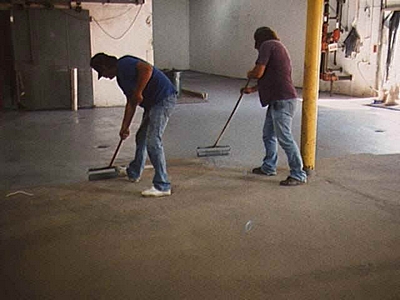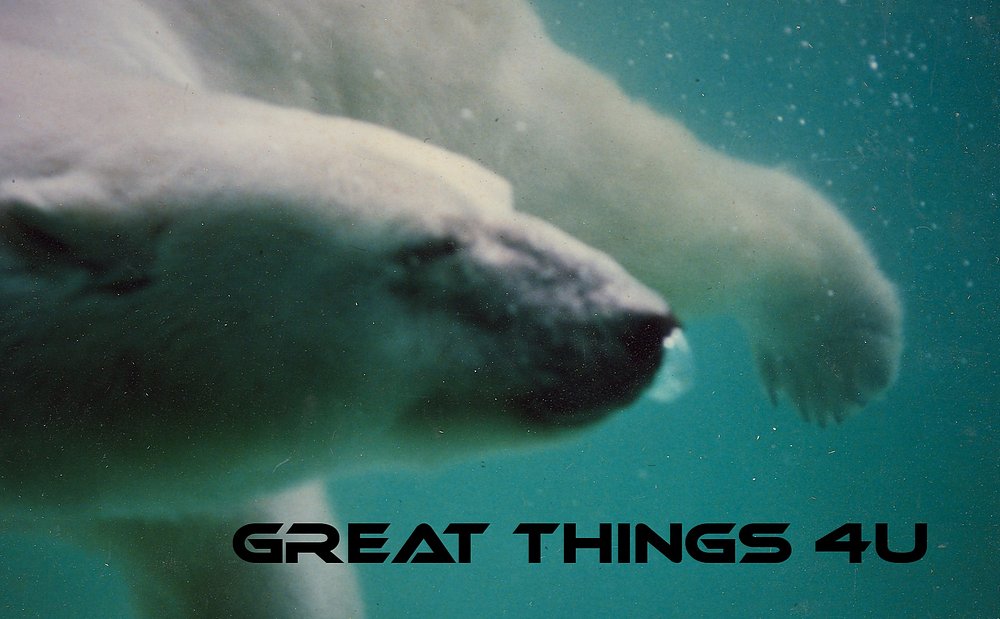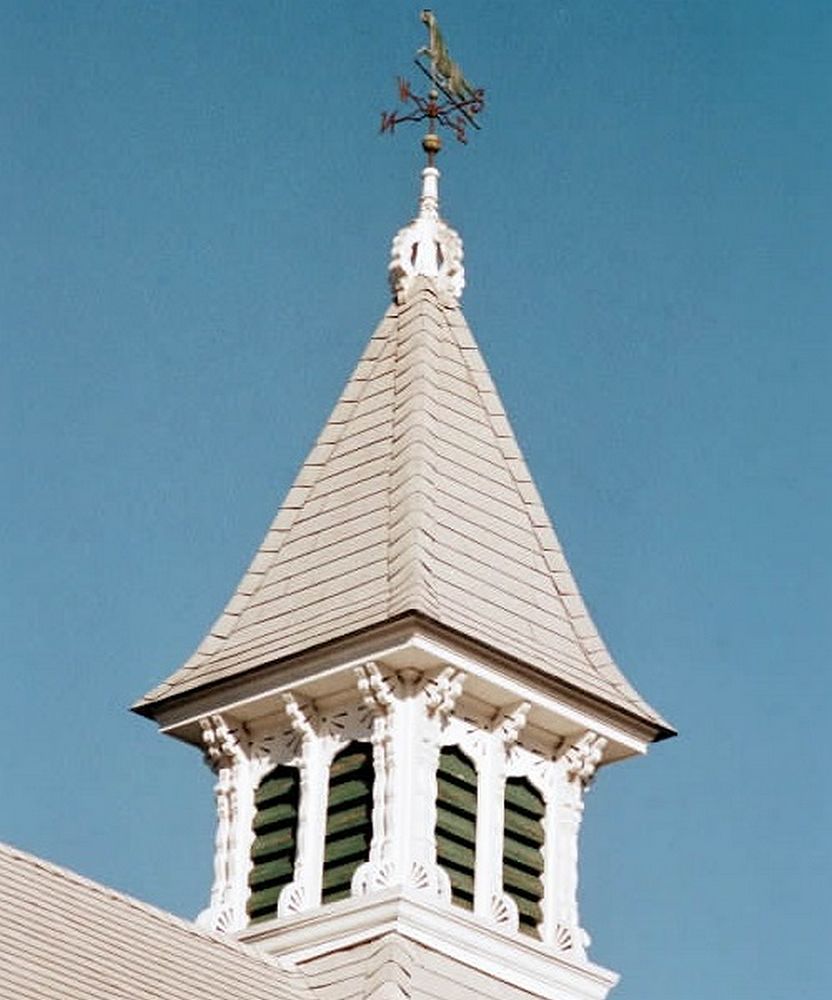EPOXY PAINT - FLOOR AND
STRUCTURES
GOOGLE SITE SEARCH - Click here
Click here - YouTube video.
HOW TO HAVE A SUCCESSFUL
EPOXY PAINT - COATING PROJECT
Have a successful epoxy floor
paint job
issues that impact upon the success of any epoxy garage floor paint
project
Your Host and Tour Guide:
Paul Oman, MS, MBA - Progressive Epoxy Polymers,
Inc. (floor epoxies,
marine epoxies, underwater epoxies, repair epoxies)
Member: NACE (National Assoc. of
Corrosion Engineers), SSPC (Soc. of Protective Coatings)
Board member:
Friends of the Suncook River
- 501(c)(3) non profit ----- Founder: Friday
Night Paddlers .
"Professionals helping Professionals
SINCE 1994"
PROGRESSIVE EPOXY
POLYMERS, INC.
CALL 603-435-7199 (or
email).
We are the only
technology based coating/epoxy/resin company that actively encourages your phone
calls, not just during our East Coast work hours but also after/before hours,
evening, weekends and even holidays. We're available when you are. We form a
personal relationship with our customers and freely share technical information,
how to-advice, product information and tips-and-tricks. Speak with a
non-salesman technical professional with over 25 years of experience in the
resin/coating/epoxy industry (no newbie staffer on the phone lines!). Floors,
tables, boats, leaks, rot repair. We handle it all!
We are an 'always available,'
one-on-one, technical/scientific, coating company (watch
our video). We are NOT one of those fluffy/slick mass sales firms the
dominate the internet selling cheap third party (made in China???), low end
epoxies and coatings with no real knowledge of what they are selling and
quotas to sell to as many people as possible. 603-435-7199 (east coast time).
|
PAGE AND SITE
NAVIGATION |
Epoxy Floor Paint Links Page ====> This 'Linked
To' Sub-Page
FYI: catalog pages are blue (marine) or yellow
(home/indust), info pages are green, product pages are purple, core pages are
gray
No
Sales Tax applied. Save Money, you're shopping in Tax Free New Hampshire
|
NOTICE: Legal notices, Terms
of Service, warranty information, disclaimers, health warnings, etc. are
required reading before using website, ordering and/or using Products.
Any such use and/or ordering, online or by telephone, shall constitute
acceptance and knowledge of all such terms.
CLICK HERE (www.epoxyproducts.com/legal.html) to access these terms. |
MEMBER:
Internet Epoxy Confederation (IEC -
CLICK HERE TO VISIT) -- "Where Professionalism Still Matters"
We've been selling epoxy - marine epoxy (boat building - wood / fiberglass
repair) industrial coatings - garage paint -
underwater epoxies - thick putties - tabletop resins and supplies since the
early 1990's
|
Epoxy Floor Section in
our online catalog - CLICK HERE
keywords=best epoxy floor paint

If there is a trick for achieving a successful coating job it
would be to understand why coatings fail and how proper surface preparation can prevent those failures. It is hardly
a minor issue. Premature or immediate coating failure is like throwing large amounts of money away. Removing the
failed coating, contractor costs and material costs, as well as down time, can cost tens of thousands of dollars
and end business relationships and entire careers. Simply put, coating application is a high stakes game, play
smart and the odds are in your favor, cut a few corners and sooner or later you'll regret it Big Time. This report
will help get you started on the right track.
I. Why Epoxy Paint / Coatings Don't Stick
There are many reasons coatings fail to stick to their applied
surfaces. We'll review them one at a time. Unless otherwise stated, we will assume we are dealing with a concrete
floor or loading dock, an area that seems simple, but can be one of the trickiest to coat and one of the most expensive
to 'mess-up' with.
Dampness: Moisture
is a good starting place for a coating's failure to adhere. Moisture doesn't just mean water droplets, it could
include high humidity. Some coatings shouldn't be applied when humidity levels are high. More obvious sources of
serious moisture are things like thunderstorms during an outside application job, standing water puddles on a concrete
slab, or, even more likely, a damp or even saturated surface. Surface dry doesn't mean really dry. There can be
(and often is) a high moisture content hidden just below the surface. The standard test is to tape a four foot
by four foot plastic sheet to the concrete and see if visible moisture collects under the plastic. Some of the
modern epoxies (like those sold by the author) can be applied to wet or damp surfaces but generally a moisture
rich surface means no possibility of coating.
Moisture flow: Migrating
moisture, as opposed to simple standing water, creates a more difficult problem. The common sign of this kind of
failure is water filled blisters. Just a tiny amount of 'flow' pressure under a still curing coating can ruin the
bonding process still taking place. With underwater bonding epoxies the 'trick' is to 'reverse' the pressure, i.e.
coat the surface under a column of water (for example, flood the manhole then coat the inside of it). There is
no good answer here, but rapid drying/curing coatings have a better chance of working. They can setup and bond
before the water and water pressure builds to unacceptable levels under the fresh coating.
Grease/oils/silicones: Few, if any, coatings stick to greasy, oily, waxy surfaces. This includes many kinds of
plastic surfaces. Oily surfaces can be tricky, Just feeling the surface is often not good enough. Even on what
seems like a non-greasy surface, many coatings will 'bead-up' leaving behind hollow, coatingless circles or voids.
Hosing down, high pressure water, and even grit blasting, is
no guaranty that greases will be removed, indeed, they will probably stay behind. Greasy, oily surfaces require
a degreasing chemical to remove the residue. Experts suggest washing down the surfaces using a degreaser and stiff
brush. It is wise to make this a standing surface preparation step, wiser still to do at least two degreasing wash-downs.
Unfortunately, even simple degreasing or more advanced hot steam and chemical systems may not work completely.
Surfaces contaminated with animal fats seem especially difficult to degrease and successfully coat without physically
removing/replacing an inch or so of the surface concrete.
Dust, slime, loose rust: The author has seen floor coating samples collected from peeling floors that were dirtier
on their underside than on their top surface. The coatings stuck, but to the dust and dirt on the floor instead
of to the floor itself. Hosing down the surface to remove the loose materials works somewhat, but also leaves a
lot behind. Ditto for sweeping. The best approach is probably hosing down with as high a flow of water as possible,
followed by compressed air blowing to both dry the surface and remove any remaining wet/sticky dust. A quick, last
minute broom sweep wouldn't hurt either. Simply sweeping is at the other end of the spectrum. The applicator will
need to decide how much time and effort to put into surface dust removal. Contaminants, including salts discussed
below, can stick to your floor well enough to not be removed with a hose or brush, yet mysteriously 'pop off' after
painting.
Salts: Salts
and/or minerals either deposited out on the surface from the curing of fresh concrete, or from the evaporation
of seawater on concrete or steel can quickly ruin a coating. For starters the salts work like dust and other contaminants
getting between the coating and the surface. New garage floors for example, have a weak top layer of concrete and
concrete salt/minerals that causes even epoxy floor paints to peel off easily, despite what appears to be a clean,
nicely profiled surface.
Without moisture, salts tend to form crystals, which can interfere
with bonding. Experts claim these salts actually perform in a chemical sense more like a grease, damaging or destroying
bonding. Unfortunately it gets worse. Salts tend to attract water both from the concrete and through the coating.
The result can be a water filled blister that spreads and grows mechanically, destroying the coating- to-surface
bond.
II. Why Epoxy Paint - Coatings Fail
Simply not sticking to the surface is one of the more obvious
coating failures and has been discussed above. Other reasons include:
UV: Ultra-violet
radiation from the sun, UV, will breakdown most coatings. Epoxies tend to yellow and chalk, other coatings, such
as plastics, get brittle and crack. After too much UV the coatings will fail.
Porosity:
Coatings are not as hard nor as solid as you might think. Some coatings tend to be quite porous, permitting moisture,
chemicals, etc. to invade the coating and attack both the coating and it's bonding interface. Some epoxies are
more porous than other kinds of epoxies. One common 'fix' used by manufactures of porous brands of epoxy is to
add 'glass flakes' (usually mica) to slow the migration of water or chemicals through the coating by physical means.
Pinholes: A
single layer of any coating runs the risk of including tiny pinhole areas of non-coatings. These 'leaks' permit
chemicals to attack the unprotected surface as well as the bonding interface. In harsh environments it is common
to apply two coats of paint/epoxy. Each coat is a contrasting color to aid in spotting thin or missing spots.
Brittleness: Simply
put, some coatings are more brittle than others and overly brittle coatings are more likely to crack or chip with
impact or expansion/contraction. Older epoxy formulations were generally more brittle than many of their modern
counterparts.
Abrasion: Different
coatings handle abrasion and wear better than others. Some of the more wear resistant epoxies now available contain
Kelvar (TM) microfibers. These fibers, in addition to improving wear resistance also seem to work like rebar does
in concrete, localizing any damage to the coating.
Chemicals:
Chemical resistance varies between different coatings. Strong acids, for example, will quickly destroy many coatings.
Movement:
Paint over an expansion joint and you can count on a coating failure. The slabs will move and the coating over
the joint will crack and probably disbonding big chunks of coating in the process. Don't paint over expansion joints.
There are other methods for dealing with them.
Salts:
Salts were already covered above. Besides possibly reacting like a surface contaminant, as well as acting something
like a grease, they also attract moisture through both the coating and concrete, forming water filled blisters.
Note that often coatings fail from the inside out. This is certainly the case with blistering.
III. Surface Preparation for
Epoxy Paints (see our surface prep page)
How much surface preparation is necessary can be a tough call.
Someone has to take the responsibility, balancing effort and success against time and money.
A pre-step is to insure the strength and integrity of the concrete.
Crumbling concrete is a poor or impossible surface to bond with. There are several repair or replace options, including
'sealing' the surface with a thin, penetrating epoxy or some other compatible product. Once that is done real surface
preparation can begin.
The process of surface preparation involves at least five steps:
1) getting rid of greases, oils, etc.;
2) providing a surface profile or texture;
3) removing dust and contaminants;
4) removal of salts;
5) removal of moisture.
Thanks to exposure to the elements, outside concrete slabs are
often more ready to accept a coating than interior concrete surfaces (with the possible exception of sea water
salt deposits in marine settings). New concrete usually has a thin veneer or crust of very weak concrete and salts
that absolutely must be removed prior to coating.
We really appreciate
you visiting PROGRESSIVE EPOXY POLYMERS, INC. and our web site:
EPOXYPRODUCTS.COM. Take advantage of the CONTACT links on this page to ask
questions about our products and/or your projects. You can stay in touch with us
via our NEWSLETTER (link on our
contact page) which is
emailed every 6-8 weeks.
This
current page is all about:
Have a successful epoxy floor
paint job
issues that impact upon the success of any epoxy garage floor paint
project
|
 |
WOW!
35%
- 40% of all daily online or telephone orders are from existing
customers. That's an amazing 'REPEAT
CUSTOMER" number. |
|
EPOXY-ONLY WEB SEARCH
|
603 - 435 -
7199 ANYTIME 24/7 FOR HELP OR ORDERS |
|
 |
|
In a perfect world surfaces would probably be prepared as follows:
1) Two wash-downs with a degreasing chemical.
2) The use of a 'Blastrac' (TM) type machine that performs concrete
surface 'grinding' to remove weak surface layers and give the concrete floor an enhanced profile to bond with.
Special grinder machines also work, as does an acid treatment (muriatic acid) known as 'acidizing'.
Acidizing is any easy and inexpensive option. Muriatic acid is
sold to clean concrete and bricks and is available in concentrations of 20-40%. Dilute the acid to 10-20% (add
the acid to water, don't add water to the acid). If the concrete/acid solution fizzes a lot and the acid releases
strong fumes, dilute the acid some more. New concrete will fizz more than old concrete. In any event, sweep the
floor twice with a thin layer of muriatic acid. Rinse off the acid washed surface well. Check local disposal rules
regarding this 'nasty' waste liquid. See our acid
page.
3) Ideally, the next step would be a high pressure waterjet cleaning,
hopefully at pressures of about 3,500 psi (at pressures over about 5,000 psi waterjetting will actually begin removing
concrete, and could be an alternative to #2 above). After waterjetting wet vac dry, sucking up all the remaining
water and dirt. Sweep well just before coating.
Often this step gets reduced to simple sweeping and air drying
of the surface. In most cases, that's probably OK, but every shortcut raises the chances of future problems.
4) The concern about all the bad things various salts can do
to about-to-be coated surfaces is growing as their affects become better understood. On steel surface these salts
form ions and corrosion cells that are easy to spot because of the rust. Concrete may have a bigger problem than
steel. It is porous and it contains minerals to start with. Several chemicals and/or processes have been developed
or proposed to deal with these salts. Seriously consider using/testing these chemicals. Some applicators now include
desalting treatment as a standard step in their surface preparation. Often the recommended method of application
is with a waterjet unit, however, some can also be brush/roller applied.
Of course we don't live in an ideal world so surface preparation
almost always has a few corners cut. Based upon personal field experience I would require, at a minimum, high pressure
waterjetting of exterior concrete and 'Blastrac' conditioning of interior concrete. Steel surfaces constructed
from new steel must be abrasive blasted (largely to produce a surface profile), all other steel surfaces require
high pressure waterjetting or dry abrasive blasting.
IV. What About Pre-Existing Coatings
and Epoxy Paints?
Most surface tolerant, modern, solvent-free coatings can be applied
over well adhered traces of a pre-existing coating. 'If it ain't broken, don't fix it,' could be a completely valid
strategy. On the other hand, complete stripping and total surface preparation would be the absolute proper approach
to take.
V. Vertical Surfaces and
Garage Epoxy Paints
Vertical concrete surfaces are less likely to have a grease layer
or thick layers of contaminants than floor surfaces. They often also have a pre-existing rougher surface, negating
the need for 'blasting' a profile into the concrete. Salts and loose/crumbling surfaces, pre-existing coatings,
or moisture are probably the major problems with coating vertical surfaces.
VI. Epoxy Paint Conclusions
Coatings fail for many reasons, and frequently manifest that
failure by becoming 'unstuck'. Proper surface preparation can often prevent coating failure. Unfortunately proper
surface preparation is often given short shrift to save costs, time, or materials.
Because each coating situation is unique, sometimes cutting a
few corners causes no problem. It is a gamble played out every day between contractors/end users and the coatings
they use. It is one thing to gamble and lose and quite another to fail out of ignorance.
ON-LINE
CATALOG HOMEPAGE.
Inside Our non-marine, commercial, DIY Catalog:
corro coat FC 2100; water gard 300; CM 15; crack coat™;
liqua tile 1172 potable water; water prime
Find Corro Coat FC
2100 and Water Gard 300 epoxy in our Best Selling - fix anything
Catalog
water bond (water based); industrial floor epoxy;
bio
vee seal; walnut shell; rough coat grit filled
epoxy floor paint; epoxy clear top resi
wet/dry 700; splash zone A-788, epoxy cream; splash
zone a-788
Find
Wet Dry 700 epoxy in our Best Selling - fix anything
Catalog
low V epoxy; basic no blush;
ESP
155; Bio-Clear 810; epoxy clear top resin
Find
Low V, Basic No Blush, and ES 155 epoxy in our Best Selling - fix anything
Catalog
Aluthane moisture cured urethane;
Acrylic Poly UV Plus
and other 2 part polys ;
Capt.
Tolley's creeping crack sealer; india spar varnish;
Find Aluthane in our Best Selling - fix anything
Catalog
fumed silica; fiber fill; micro
balloons/micro-spheres; graphite; wood flour; EZ thick, rock flour;
water activated pipe wrap; TA 661 solvent-free epoxy brush cleaner; fiberglass tape/cloth
short nap epoxy rollers; epoxy/stone deck resurfacing roller; 1 inch foam brushes;
2 inch bristle brushes; tongue depressors
Questions? / Phone order?
/
EMAIL / CALL 603-435-7199 EST /
BUY
ONLINE
GOOGLE SITE SEARCH - Click here
Epoxy specific site search
Click here - YouTube video.
Learn about
Progressive
Epoxy
Polymers
Inc.
EVAL4U
- how to evaluate your epoxy
vendor -
CLICK HERE -
Progressive Epoxy Polymers, Inc.
www.epoxyproducts.com

Have a successful epoxy floor
paint job
issues that impact upon the success of any epoxy garage floor paint
project
####







